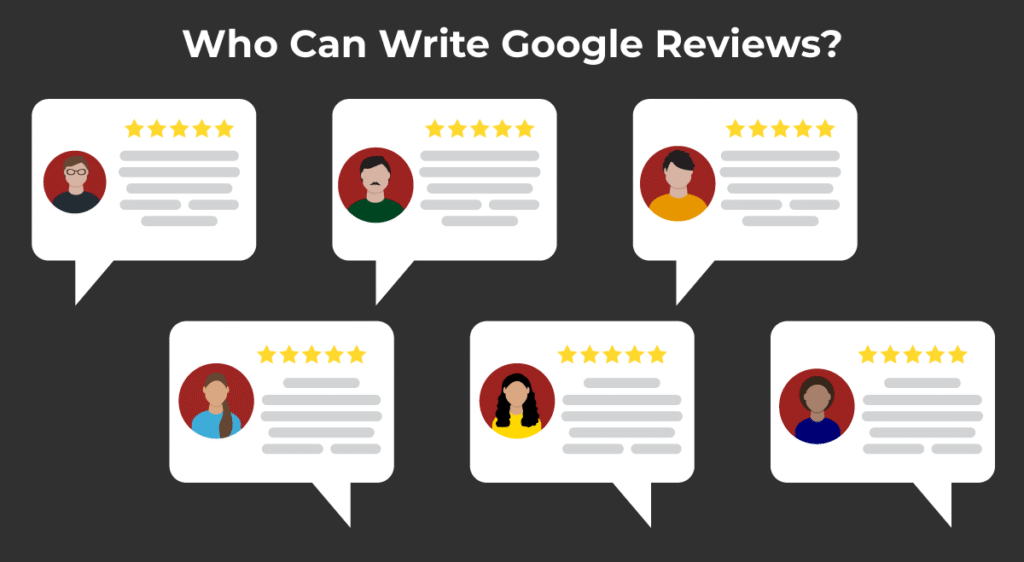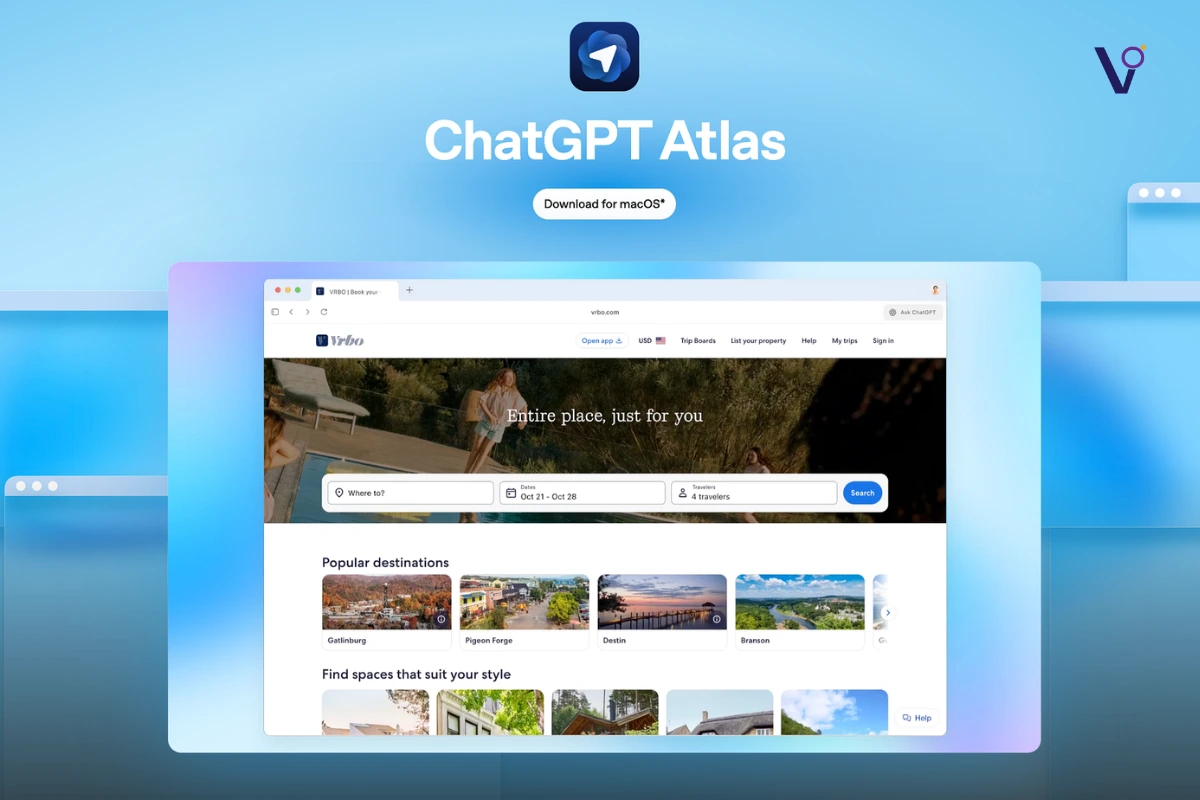If you’ve been trying to figure out how to consistently rank your Google Business listing to appear at the top of the map section, this walkthrough is packed with practical ideas to help you get there.
Google Business listings are not something to take lightly. Almost half of all Google searches are from individuals looking for local companies, and more than half of those consumers click on the Map Pack, the highlighted map section that appears first. This means the majority of folks searching for a business skip the ads and regular results, heading straight to the map and picking a business from there.
Below is a straightforward breakdown of how you can get your business ranked among those top map spots.
Key Steps to Boost Your Google Business Profile
1. Select the Optimal Business Category
The primary business category you select is crucial. It’s one of the main elements Google looks at for relevance.
Many business owners select subpar categories by mistake. For example:
- Should you list as “lawn care service” or “landscaper”?
- Should you pick “piano instructor” or “music school”?
Multiple options might seem to fit, but one will work best for ranking.
Here’s how to find out which one:
Install a free Chrome extension like GMB Everywhere. Run a Google search with it active. You’ll be able to see what categories top-ranking competitors are using (look for the star next to their business name). Pick the primary category that those leaders use for your own listing.
2. Make Your Business Name Work for You
Having your main search keyword in your business name can give you a leg up for those terms. While Google wants your real business name, try fitting in the main keyword in a natural way.
For instance, if you want to show up for “Denver lawn care services,” a business called “Big Mike’s Denver Lawn Care” is more likely to rank high for that, compared to just “Big Mike’s” or “Big Mike’s Mowing.”
3. Locate Your Business Where Your Customers Are
Google prioritizes businesses based on proximity. Generally, only those within the searcher’s area will appear unless options are limited.
If your business isn’t already within the city or region you want to target, aim to get an address there. This doesn’t always require relocating. Google allows you to use a co-working space or virtual office as long as it’s staffed during business hours. Consider renting an office, co-working desk, or using a room in that area for your business listing.
4. Write a Powerful, Keyword-Rich Description
Your business description in Google is where you tell both customers and Google what you do and where you do it.
Include:
- An engaging description filled with the main keywords you want to rank for.
- A rundown of the services you provide.
- Mention of the main areas and cities you serve.
Google analyzes your listing for every clue about your business; your description steers it in the right direction. Complete every section of your listing, and choose only the core services and products that you’re focused on—don’t clutter your profile with everything possible.
5. Upload High-Quality, Geotagged Photos and Videos
Photos and videos help in two key ways:
- They establish that you’re a legitimate business.
- They signal to Google that your profile is active and up-to-date.
Go a step further and geotag your photos:
- Use a simple tool such as GeoImgr to upload your images or videos and tag them with the specific service area location.
- Geotagging tells Google exactly where the photo was taken, boosting your signals for that region.
6. Gather and Manage Reviews

Reviews are a major ranking factor. The more high-rated reviews you have, the more likely Google will promote your business.
If you’re not already gathering reviews, start today:
- Set up an automated follow-up email or simply send a text after every job.
- You’ll be amazed by how many people will leave a review if you just ask.
Sample request:
“Hi, thank you for choosing us! Your feedback means a lot for a small business like ours. If you could leave us a quick review on Google, we’d be very grateful.”
A few more pointers:
- Include your direct Google review link in requests.
- Respond to every review, whether positive or negative. It lets Google know that you’re actively managing your profile and genuinely care about customer feedback.
7. Optimize the Linked Landing Page
The page you link to from your Google Business listing should directly relate to the featured service and region.
Ensure that your landing page includes:
- Relevant keywords in the title and within principal heading tags (H1, H2).
- Google considers this to be proof that you’re active and involved in the local community.
- An embedded Google Map on this page, which helps boost local SEO.
If you collaborate with other area businesses, include links to them on your local page. Google views this as evidence that you’re engaged and connected in the local area.
That’s all you need: a complete guide to assist you in ascending the ranks of Google’s business map without resorting to shortcuts or corner-cutting.
Choose the right category, optimize your business name, use geotagged photos, gather reviews, and create a keyword-rich description to improve your Google My Business ranking.
Ask every customer for a review after service, send them the direct Google review link, and always respond to both positive and negative reviews to stay active and visible.
A backlink is a hyperlink from another website to yours. Getting backlinks from local businesses or news outlets boosts your authority and improves Google’s trust in your business.



